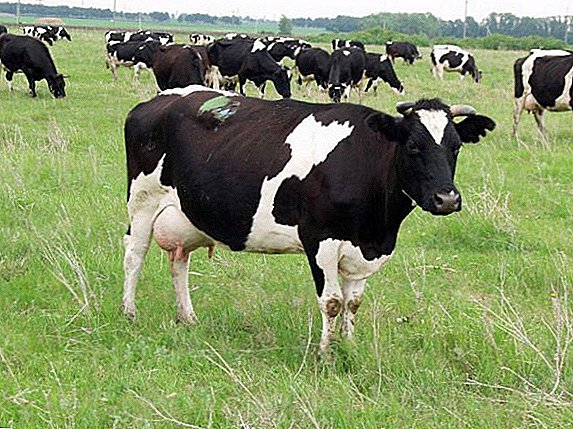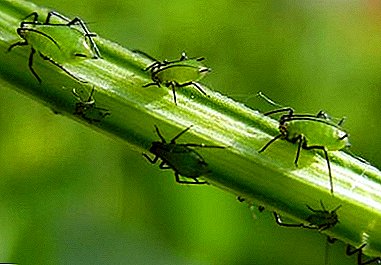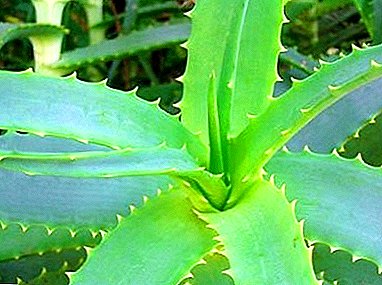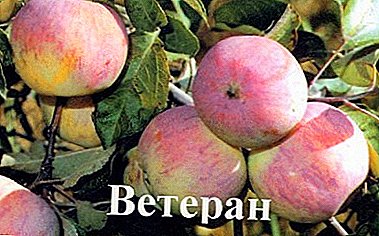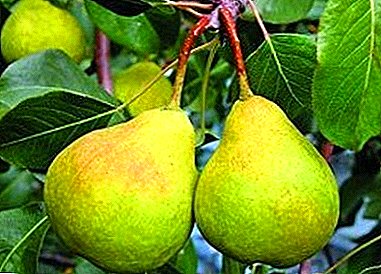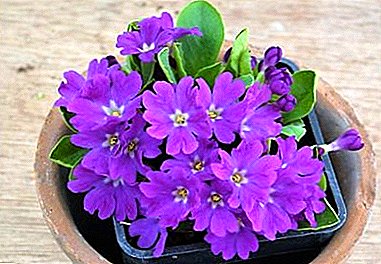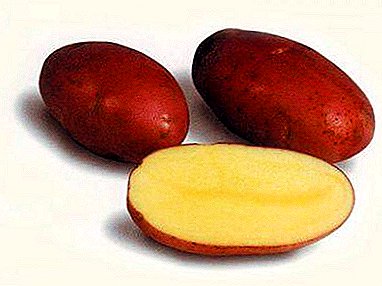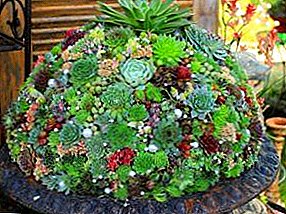
People in different parts of the world have long admired this amazing plant.
He was valued for beauty, stamina and unpretentiousness.
That set of similar qualities and explains a huge number of names of the flower.
Consider the most unusual of them.
Briefly about the plant
 "Stone Rose". This name of the plant helps most accurately characterize its appearance and habitat.
"Stone Rose". This name of the plant helps most accurately characterize its appearance and habitat.
The basal rosettes are short, fleshy and resemble the rosebud in their appearance.
Depending on the type of plant, they can be not only green, but also yellow, burgundy, red, combine several shades at once.
This color makes the succulent even more like a flower. This plant feels great in the highlands and among the stones, for this flower and wears the definition of "stone."
"Zhivuchka". This popular name of the plant reveals its character.
"Zhivuchka" is able to survive almost everywhere. It is not afraid of dry or poor soil, temperature changes or harsh mountain climate. She can master any hard-to-reach territory and decorate it with herself.
"Young". This is what the plant is called because of its stamina and the ability to maintain a beautiful view for a long time. Each outlet can only bloom once, but the abundance of sockets allows the plant to always appear young and flowering.
"Sempervival". Under this name, the plant can be found in the botany textbook. It comes from a combination of two Latin words semper and vivum, which in translation mean "forever alive."
Species diversity.
At the moment, there are up to 60 species of zhivuchki. This species diversity has arisen due to the fact that its distribution spread over a very large area. It can be found throughout Europe, except for the northern regions, in North Africa and even in the Caucasus. Rejuvenated thick carpet grow along the rivers, in forests, in open glades.
Varieties differ not only in color, but also in form. The height of the outlet in different species can vary from 0.5 to 20 cm, and the leaves have a different amount of nap. This quality is called "pubescence" and helps the plant to collect dew.
Where to plant stone flowers in the garden?
 There are two main goals of disembarking the young on the plot.
There are two main goals of disembarking the young on the plot.
Firstly, it is perfect for camouflaging areas with poor soil.
For example, zhivuchka indispensable in areas that remained after the construction of the house.
For this purpose, it is planted along the house, and from above they make a gravel embankment.
Secondly, an unusual color molodil use when creating decorative compositions. Modern materials can grow succulent even upright. So you can create a fancy picture on the wall, green the roof, decorate the balcony.
It is possible to plant young in ordinary pots and flowerpots. The composition is perfectly complemented by glass, pebbles, shells, stones and any other material. Young people like no one else leaves a huge space for fantasy.
How does the plant reproduce?
Multiply zhivuchku not make a big deal. The plant reproduces beautifully by separating rosettes. When the age of the plant becomes more than a year, small rosettes appear near the leaves. They can be separated from the parent plant and transplanted to the desired location.
Sockets rooted independently, as soon as they fall into the ground. If necessary, the landing can be postponed even for several days. Outlets zhivuchki can well endure the time without soil, and then successfully take root.
You can propagate young and seeds. After flowering on the plant appear small seeds, which are more like dust. When they hit the kidney, they germinate pretty quickly. If such self-seeding in the garden is not needed, then it is best to trim the flower stalks of the zhivuchka.
Proper care for young
 It is difficult to find a more unpretentious plant than young.
It is difficult to find a more unpretentious plant than young.
In their natural environment, they feel great both on rocks and in sandy soil.
To the plant does not lose its properties and resistance to temperatures, it needs soil, which will be quite poor in fertilizer and minerals.
In fertile soils in zhivuchki, the intensity of reproduction increases, but the plant itself becomes rather weak and loses brightness in color..
It should be watered only during a very hot season. The rest of the time, the plant perfectly collects and retains moisture on its own. Excessive moisture can cause the succulent to rot and may even die.
In winter, special care is also not required. Molodil perfectly tolerates cold and it is enough of a small amount of snow for a successful wintering.
Pest zhivuchke not scary. Trouble can only deliver weeds. They sprout between the sockets and it is extremely inconvenient to remove them because of the high density of the carpet from the young. Therefore, when landing zhivuchki on the site, it should first prepare.


